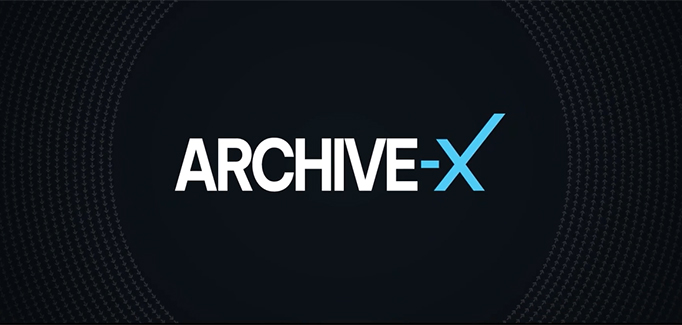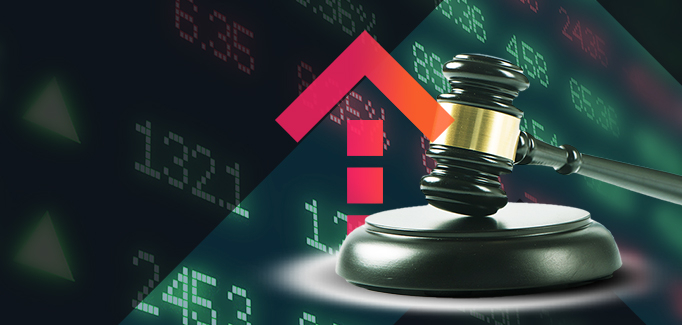Ask Yourself: Are the Markets Better Off Than Three Years Ago?
May 24th, 2013

At three years since the Flash Crash, thoughts on market structure and infrastructure
Much has changed in the capital markets since May 6, 2010. Stub quotes (e.g., buy at a penny; sell at $2000) have been banned. Recently enhanced circuit breakers mitigate the impact of erroneous trades. A pilot “limit-up/limit-down” program for price-risk control is underway. No doubt, these corrective measures have helped improve market stability. And although we may have only been lucky, the fact is that in three years we have not experienced a comparable market disruption.
The causes of the Flash Crash may not have been conclusively identified, but we can be sure of this: It was not the result of a technology failure. Instead, May 6, 2010 was fundamentally a market structure event. Whatever your position on HFT and other suspected contributing factors, the way liquidity was – and largely still is – provided to the market, and the ease at which trades could be executed at wildly erroneous prices, allowed events to unfold as they did. Some have even argued that such an event was inevitable, if not predictable. That can be debated, but the Flash Crash was certainly not due to an error, in the form of faulty code or inadequate testing.
Although we have been spared a repeat of the Flash Crash, we cannot consider the markets completely stable. Over the last year or so, they have endured a string of prominent technology-induced disruptions: The failed initial offering of BATS on its own exchange; Nasdaq’s botched IPO of Facebook; Knight Capital’s near death experience; the recent CBOE outage. Rather than the inevitable consequences of our current market structure, these drivers of market instability were related to flaws in quality management. Technology, and the humans who manage it, were to blame.
The costs of such mishaps are real; they cannot be dismissed as “glitches.” Data from the Investment Company Institute show a correlation between market breakdowns and significant outflows from domestic equity funds. Investors want to have confidence in our capital markets, but have been disappointed repeatedly over the past year by the apparent fragility of its infrastructure.
So (with apologies to Ronald Reagan), are the markets better off than they were three years ago? On the structural side, we can say yes, somewhat. From a technology standpoint, however, they seem to be driving in reverse.
With the recently proposed Regulation Systems Compliance and Integrity (“Reg SCI”), the SEC has recognized technology’s role as the backbone of a healthy market. But the challenges of implementing such a regulation would be daunting. We may know how to monitor and enforce trader compliance, but how do we manage the compliance of a trading system? Though difficult and costly, “Systems Compliance” may soon become one of the highest priorities of broker-dealers and liquidity providers.
Stability is an achievable goal, with too much at stake for it to remain unrealized. As more attention and more resources than ever are focused on systems health – from the industry as well as from regulators – positive change is on the horizon; the alternative is simply not an option. Three years from now, the markets will have to be better off than they are today.




